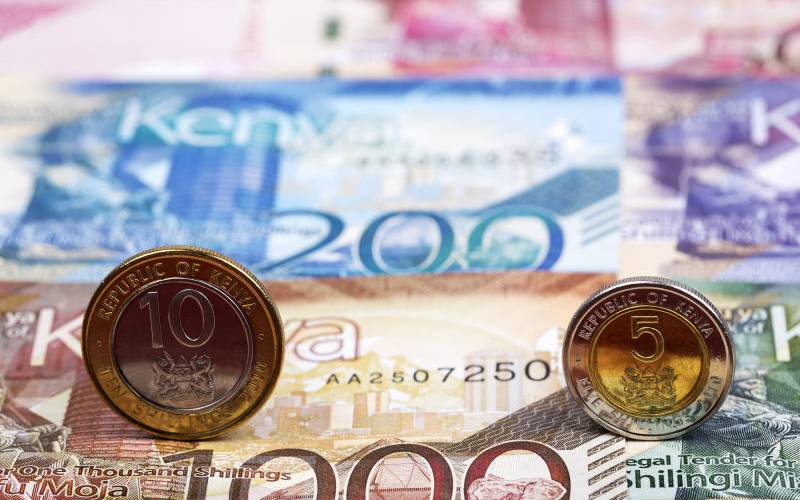
Kenya has emerged as one of the top countries in sub-Sahara Africa in the handling of alternative finance models.
This is even as consumers and businesses increasingly go online for their capital needs. A study by the University of Cambridge’s Centre for Alternative Finance indicates that the value of alternative finance in Kenya last year stood at Sh8.8 billion compared to Sh8.2 billion recorded in 2019.
“In 2019 and 2020, Kenya was among the top three markets in six out of the nine models available in sub-Saharan Africa, making it the country with the most diversified and developed alternative finance market in the region,” states the report.
Kenya was also the only country from sub-Saharan Africa that made it to the top 30 ranked markets globally in both 2019 and 2020.
According to the report, the volume of online alternative finance in East Africa rose from Sh43.4 billion in 2019 to Sh65.4 billion in 2020, with Kenya ranked fourth in the region with a 14 per cent share of this value.
The report defines alternative finance as digital lending and capital raising activities available to individuals, businesses and other entities through an online digital marketplace.
“Though a somewhat amorphous term, at its core, ‘alternative finance’ includes digital finance activities that have emerged outside of the incumbent banking systems and traditional capital markets and occur online,” says the report. The study examined transaction data from 821 firms in 2019 and 703 in 2020 to draw the observations including 26 platforms from Kenya, nine of them operating domestically and 17 of them foreign-based.
Some of the Kenyan organisations included in the study are FSD Africa, Tala, M-Changa and Safaricom. “The model that had the highest volumes in sub-Sharan Africa in both 2019 and 2020 was Peer-to-peer and marketplace consumer lending,” explained the report in part.
This is where individuals or institutional funders provide a loan to a consumer or borrower and is commonly ascribed to off-balance-sheet lending.
“Consumer lending platforms are active in sub-Saharan Africa since they are already highly digitised and there are several platforms which combine mobile payments and consumer loans or payroll loans,” stated the report.
The study however makes no mention of the impact of Safaricom’s Fuliza overdraft facility and other digital lending products such as M-Shwari and KCB-M Pesa that are run in partnership with local banks in Kenya.
Safaricom’s latest financial reports indicate the telco disbursed Sh351 billion through Fuliza alone in the 2021 financial year, marking a 43 per cent increase from Sh244 billion disbursed in the 2020 financial year.
Globally, China’s lead in volumes and market share fell sharply with researchers attributing this to regulatory changes in the fintech sector. “In 2019, the Chinese market accounted for 48 per cent of global volume, and in 2020 for only one per cent,” stated the report.
“When Chinese volumes are included in our global analysis, total global market volume has notably decreased, falling 42 per cent in 2019 and a further 35 per cent in 2020 - from Sh32.5 trillion in 2018 to Sh18.8 trillion in 2019 and Sh12.1 trillion in 2020,” stated the report.
fsunday@standardmedia.co.ke




No comments :
Post a Comment